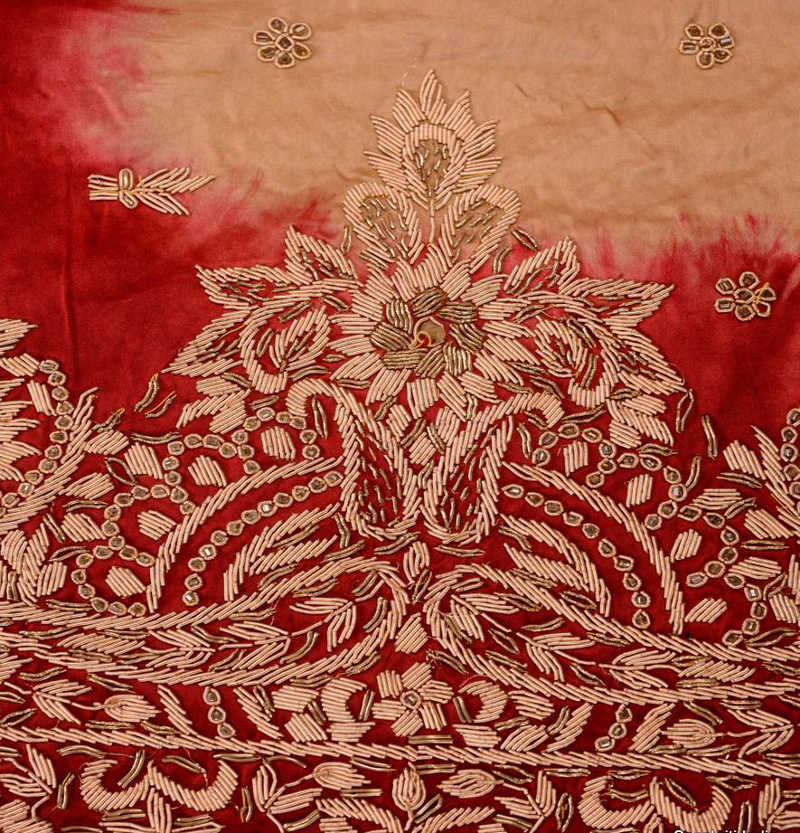===
0386,
2
===

=== |
 |
be-soz daa;G-e dil par gar jii jale bajaa hai
achchhaa lage hai apnaa ghar be-chiraa;G kis ko
1a) at a burning-less heart-wound-- if the inner-self would 'burn', it's proper
1b) without the burning of a heart-wound, if the inner-self would 'burn', it's proper
2) one's own house, lamp-less-- to whom does it seem good?
soz : 'Burning; heat, inflammation; ardour, passion; affection; heart-burning, vexation'. (Platts p.698)
jalnaa : 'To burn; to be burnt; to be on fire; to be kindled, be lighted; to be scorched, be singed; to be inflamed, to be consumed; to be touched, moved, or affected (with pity, &c.); to feel pain, sorrow, anguish, &c.; to burn or be consumed with love, or jealousy, or envy, &c.; to take amiss, be offended, be indignant; to get into a passion, be enraged, to rage'. (Platts p.387)
FWP:
SETS == IZAFAT
MOTIFS == HOME
NAMES
TERMS == WORDPLAYIn the first line, thanks to the clever deployment of the (metrically optional) izafat, be-soz plays a versatile role . It can be read either as an adjective describing the wound in the heart (1a), or else as followed by an izafat, as part of an adverbial phrase, 'without the burning of a heart-wound' (1b).